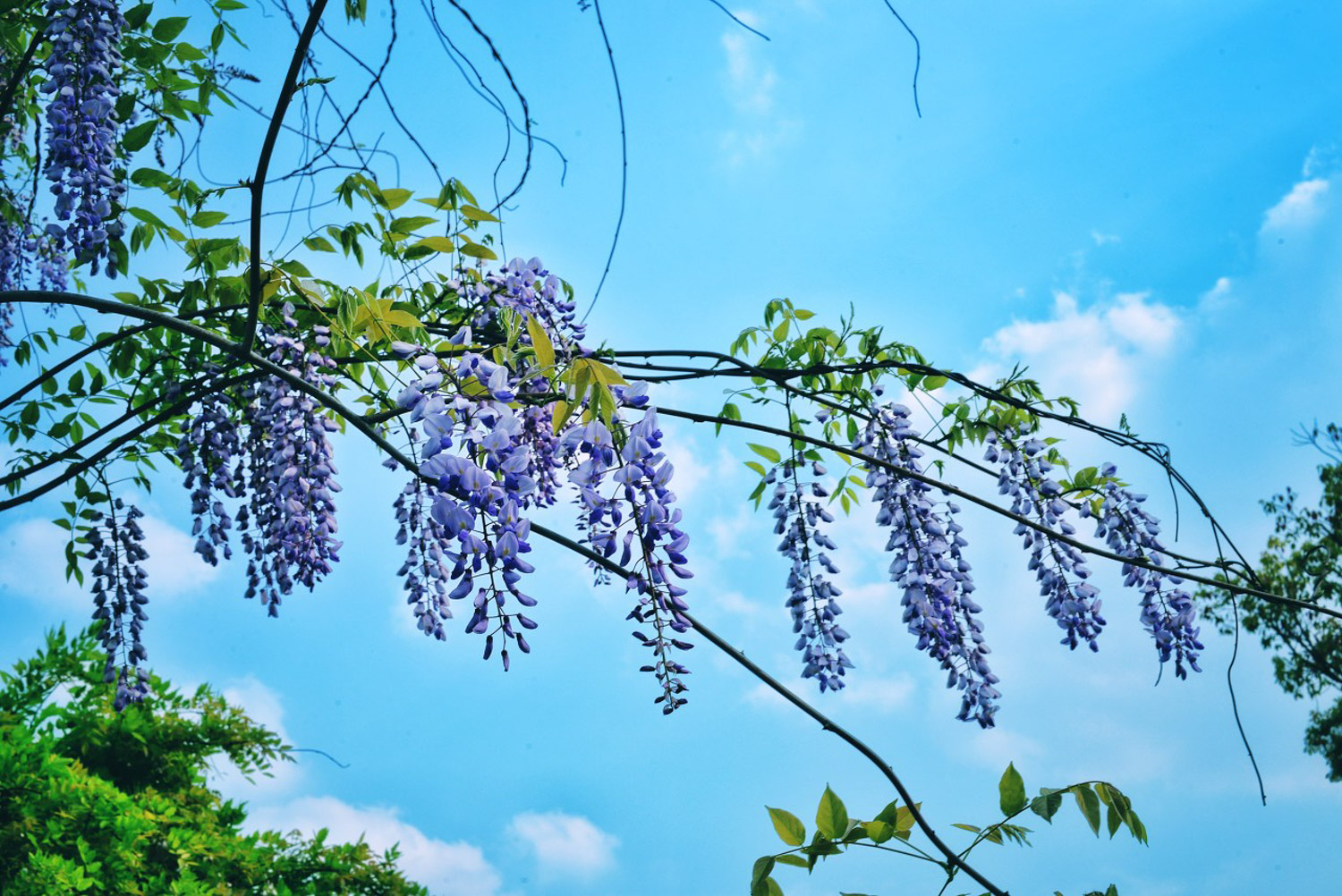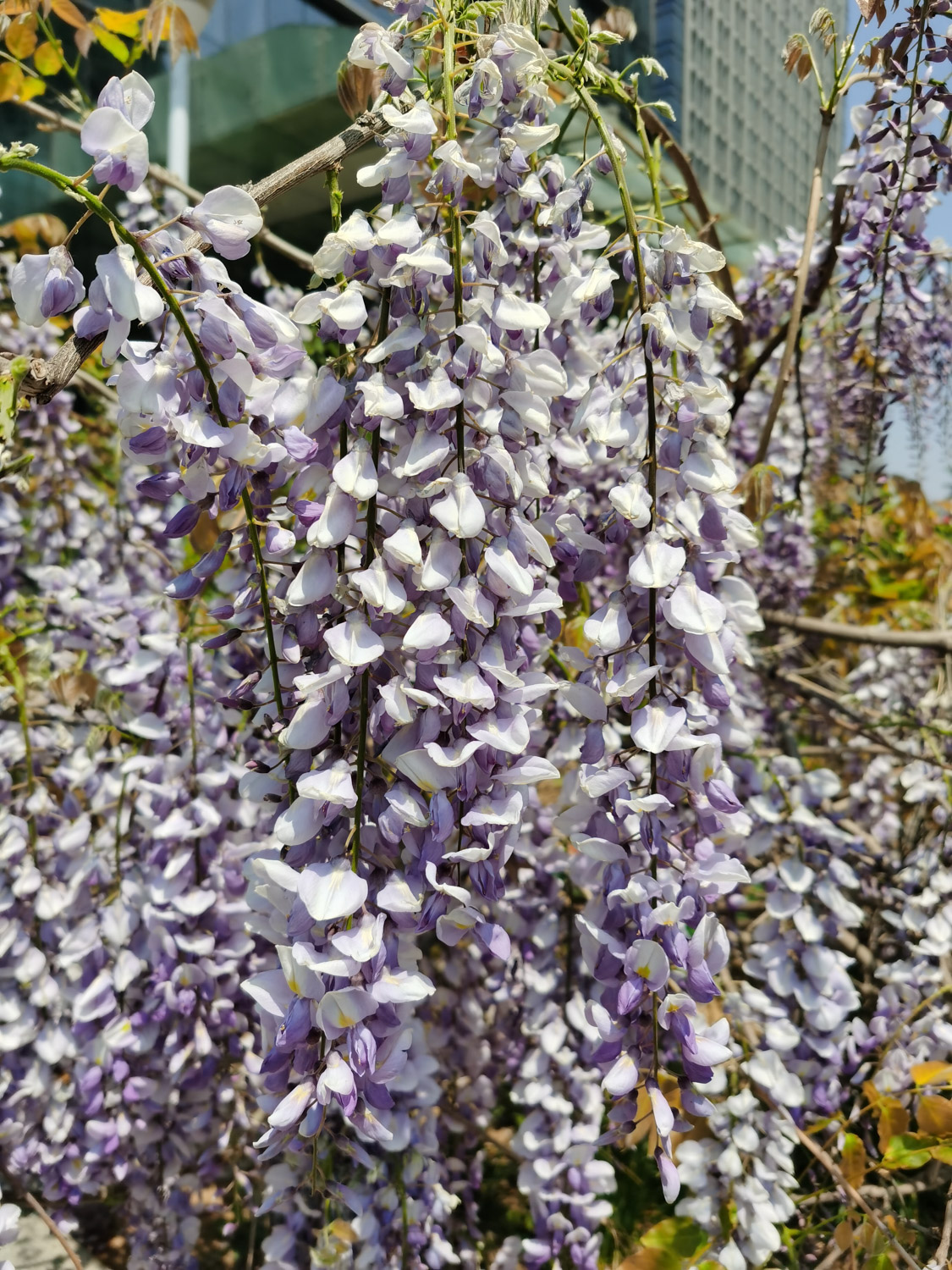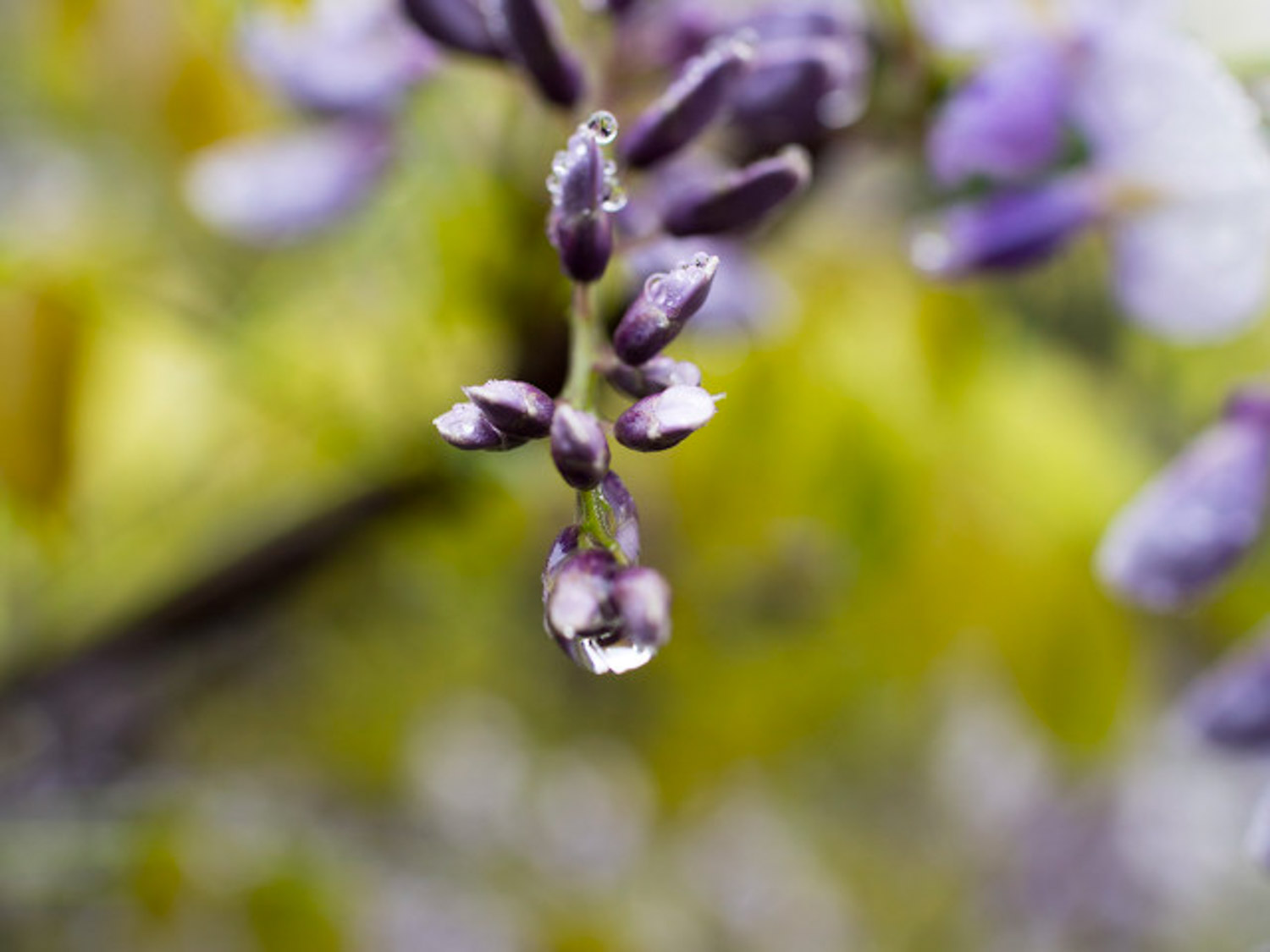Watering precautions
Although Wisteria likes to be wet, and because it is a large plant, it consumes a lot of water. However, because its roots can go deep underground and find groundwater different from surface water, it has strong cold resistance. Even if it is not watered for a long time, it will not have a great impact. On the contrary, if the roots of the plant are soaked in water for a long time, it is also easy to have rotten roots and other phenomena

Watering points of Wisteria:
1. Better dry than wet:
Wisteria watering should adhere to the principle of being dry and not wet. Too much water is not conducive to its flowering. When watering the flowers, you can observe the soil. When the soil is completely dry, you can water it again. Each time, you must watering the head to let the water go deep into the deep layer of the soil
2. Water deduction in August:
August is the season of flower bud differentiation of Wisteria. Too much water will lead to too little flowering of Wisteria. Therefore, watering should be reduced appropriately and return to normal in September

3. Water deduction in late autumn:
In late autumn, when other plants begin to shed leaves, the water content of Wisteria should be strictly limited to prevent Wisteria from appearing autumn shoots and maintain "physical strength" to bloom more flowers in the next year
4. Add water in spring and summer:
Spring and summer are the seasons when Wisteria grows vigorously. Therefore, it is necessary to ensure sufficient water so that the plants can grow and flourish

The above is all that Xiaobian brought to you today. Wisteria is a long-lived plant, which has been favored by scholars and writers since ancient times. Raising one at home is not only beautiful, but also very elegant and stylish

 how many times do yo...
how many times do yo... how many planted tre...
how many planted tre... how many pine trees ...
how many pine trees ... how many pecan trees...
how many pecan trees... how many plants comp...
how many plants comp... how many plants can ...
how many plants can ... how many plants and ...
how many plants and ... how many pepper plan...
how many pepper plan...



























